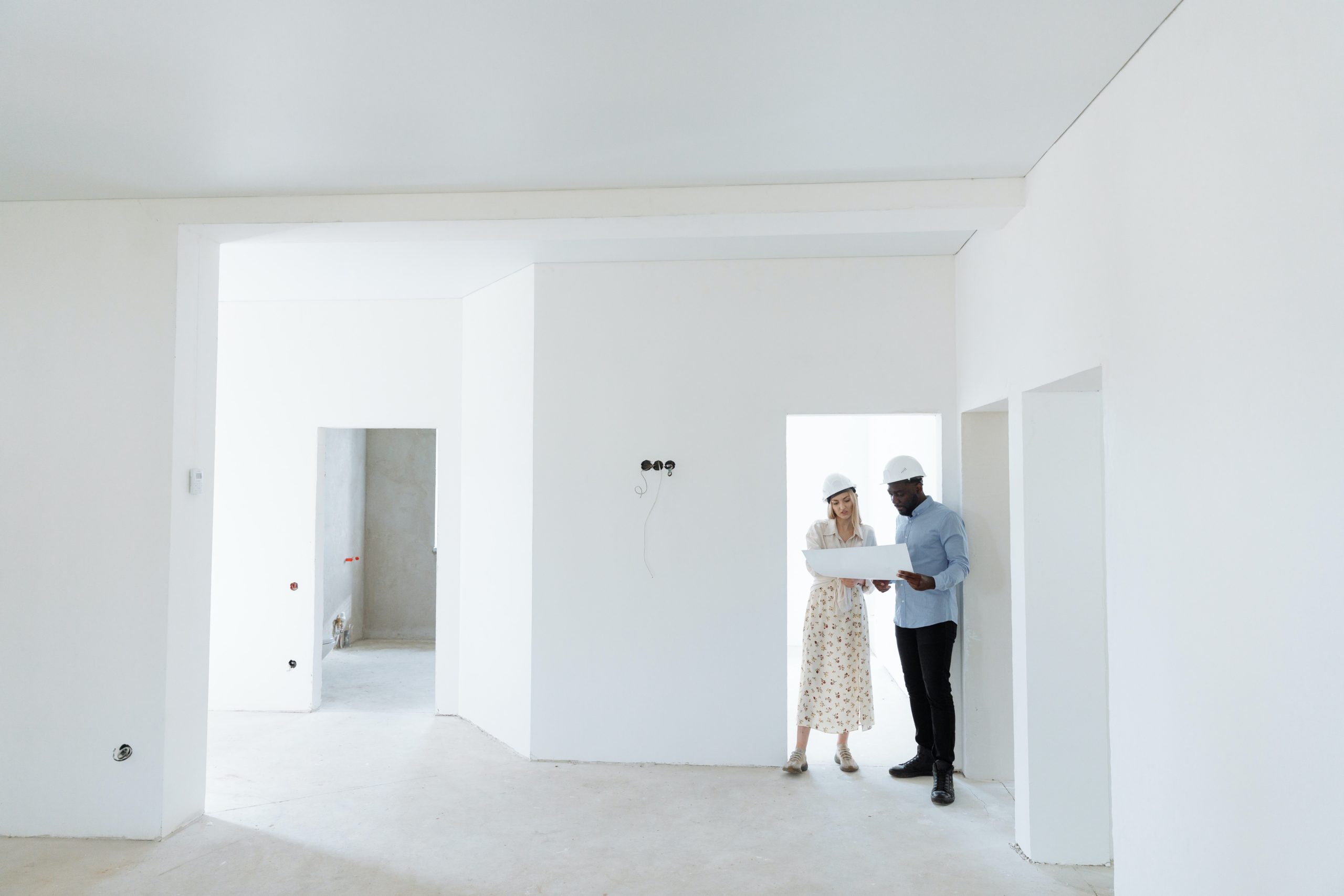
In 2022, the demand for high-end, luxury, and prestigious addresses and buildings continues to trend upwards. The same is not true for the mid to lower range properties, or the Class B and Class C buildings that are older, in less favorable locations, or those that need considerable upgrades and maintenance to be considered by a tenant.
The easiest way to incentivize tenants leasing these types of buildings is to offer a tenant improvement allowance or TIA. This is appealing to a tenant as it not only allows for upgrades and build outs, but the work is done to their customized needs and specifications.
As a CRE investor and landlord, having a TIA is a benefit to moving in new tenants. However, it must be designed correctly and negotiated effectively to ensure it is not cost prohibitive or unfavorable to your return on investment.
Consider the TIA in the Lease Agreement
When conducting negotiations on the lease agreement with a potential new tenant, always includes the TIA in the lease term and rental rate consideration. Keep in mind, the TIA is your cost as the landlord, so asking for a longer lease term or increasing the rental rate is always something to consider to recoup part or most of the improvement costs over time.
Check the Data
The typical TIA is calculated based on a square foot basis. In other words, the tenant and the landlord agree on a specific dollar amount that is based on the size of the property. Each area, building, and specific type of build out or improvement will result in different costs per square foot. Most TIAs range from three to four dollars per square foot per year of the lease term, but this can vary significantly from building to building. This translates to about twenty-five to fifty dollars per square foot for a typical long-term commercial lease.
Other factors, such as the tenant’s credit strength, should also be considered. CRE investors need to have reliable tenants that have the financial ability and the proven business savvy to maintain their business over the term of the lease.
Know the Coverage
In general, the TIA should provide a clear description of the coverage. In most agreements, this includes specific materials and labor costs, and sometimes the costs of permits, attorneys, and architect fees.
These agreements rarely cover other improvements, including interior design, furniture, interior décor, or other similar types of items. Instead, the tenant covers any additional costs based on their choices throughout the upgrade or build out process.
As the landlord, you can also design the negotiation to include a turnkey build out. This allows you to manage the process, including choosing your own contractor, project management team, and choosing materials, options, and features. It also allows the tenant to avoid dealing with all the decisions, which is particularly relevant for new business owners. Tenants may also want to negotiate for control of the process, including requesting and approving bids for the projects. This offers the benefit to the landlord of being out of the process. It also eliminates potential issues if the tenant is not satisfied with the work as completed. Negotiating the TIA is an integral part of the leasing process. As an effective way to bring in clients, it also poses the risk of costing money and decreasing landlord profits if it is not done correctly.


